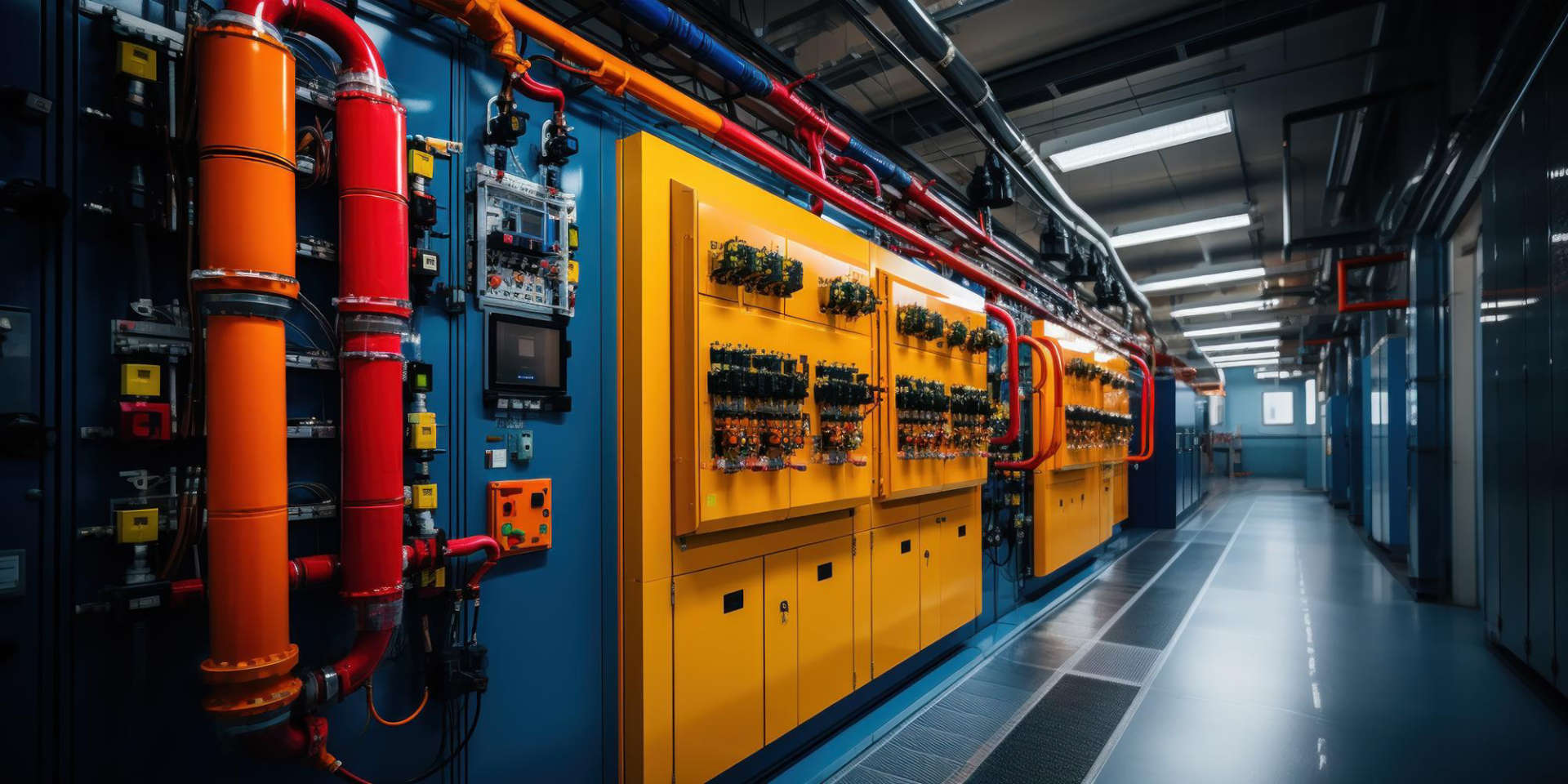
What is the unit of power in the SI system?
In physics, power has a completely different meaning than what it is used for in everyday contexts. Our article explores the basic definition, formula, and unit of power in an easy-to-understand yet scientifically accurate manner.
What is meant by power in physics?
In everyday language, power refers to the ability to do something or to have an influence over others. However, in the context of physics, power has a drastically different meaning. Oxford's Dictionary of Physics defines power as:
Power (in physics): Symbol P. The rate at which work is done or energy is transferred. In SI units it is measured in watts (joules per second).
To put it simply, power is the quantity of work done per unit of time. It is essentially a measure of how quickly work is being done. This relationship is expressed through the power formula.
Power formula:
P = W / T
Power in watts = Work in joules / Time in second
To add a bit more complexity, power is also used to express the rate of transfer of heat and electrical energy. In the study of electricity, a watt measures how much power you get from one ampere at one volt. Even the power formula undergoes a slight change in the case of electricity.
Power formula in case of electricity:
P = V/I
Power in watts = Potential difference in volts / Current in amperes

Unit of power in the SI system
In order to quantify power, we need to use some form of measurement. There are countless units of power, but let's start with the most commonly used one. The watt (symbol: W) is the unit of power in the SI system. As previously discussed, one watt is equivalent to one joule per second.
Watts can measure how much power is generated or used. Because watts are small units of power, we often use other multipliers for convenience.
The most commonly used multiples of watts are:
|
Name |
Symbol |
Equivalent in watts |
|
Decawatt |
daW |
10^1W |
|
Hectowatt |
hW |
10^2W |
|
Kilowatt |
kW |
10^3W |
|
Megawatt |
MW |
10^6W |
|
Gigawatt |
GW |
10^9W |
|
Terawatt |
TW |
10^12W |
|
Petawatt |
PW |
10^15W |
|
Exwatt |
EW |
10^18W |
|
Zettawatt |
ZW |
10^21W |
|
Yottawatt |
YW |
10^24W |
Are you entirely new to the subject? Here are a few examples of energy consumption that might illustrate the significance of these unit powers in real-world situations.
|
Name |
Usage |
Consumption in watts |
|
Air conditioner |
12 hours/day |
1400 W |
|
Space heater |
12 hours/day |
1500 W |
|
Standard water heater |
3 hours/day |
4500 W |
|
Electric oven |
5 hours/week |
6000 W |
|
Clothes dryer |
1 hour/day |
3400 W |
|
Washer |
1 hour/day |
290 W |
|
Electric vehicle charger |
full charge |
7200 W |
Frequently asked questions and answers
What is a watt-hour (Wh)?
The watt-hour (Wh) stands as a measurement unit for energy, equivalent to 3600 joules. It denotes the energy conversion rate of 1 watt in operation for an hour.
What is horsepower (hp)?
Horsepower (hp) typically denotes the power output of an engine. One horsepower is equivalent to 745.7 watts.
What is a unit of power in electricity?
The standard unit of power in electricity is usually watts, but there are alternative units such as the British thermal unit (BTU), foot pounds, calories per second, and the above-mentioned horsepower.
Conclusion
The importance of electricity in our modern world cannot be overstated. It is extensively utilized by both households and businesses in large quantities. By familiarizing ourselves with the unit of power, we gain a deeper understanding of energy generation and consumption. Even if physics or electrical engineering is not our area of expertise, grasping the fundamentals is essential for navigating our increasingly electrified world.
